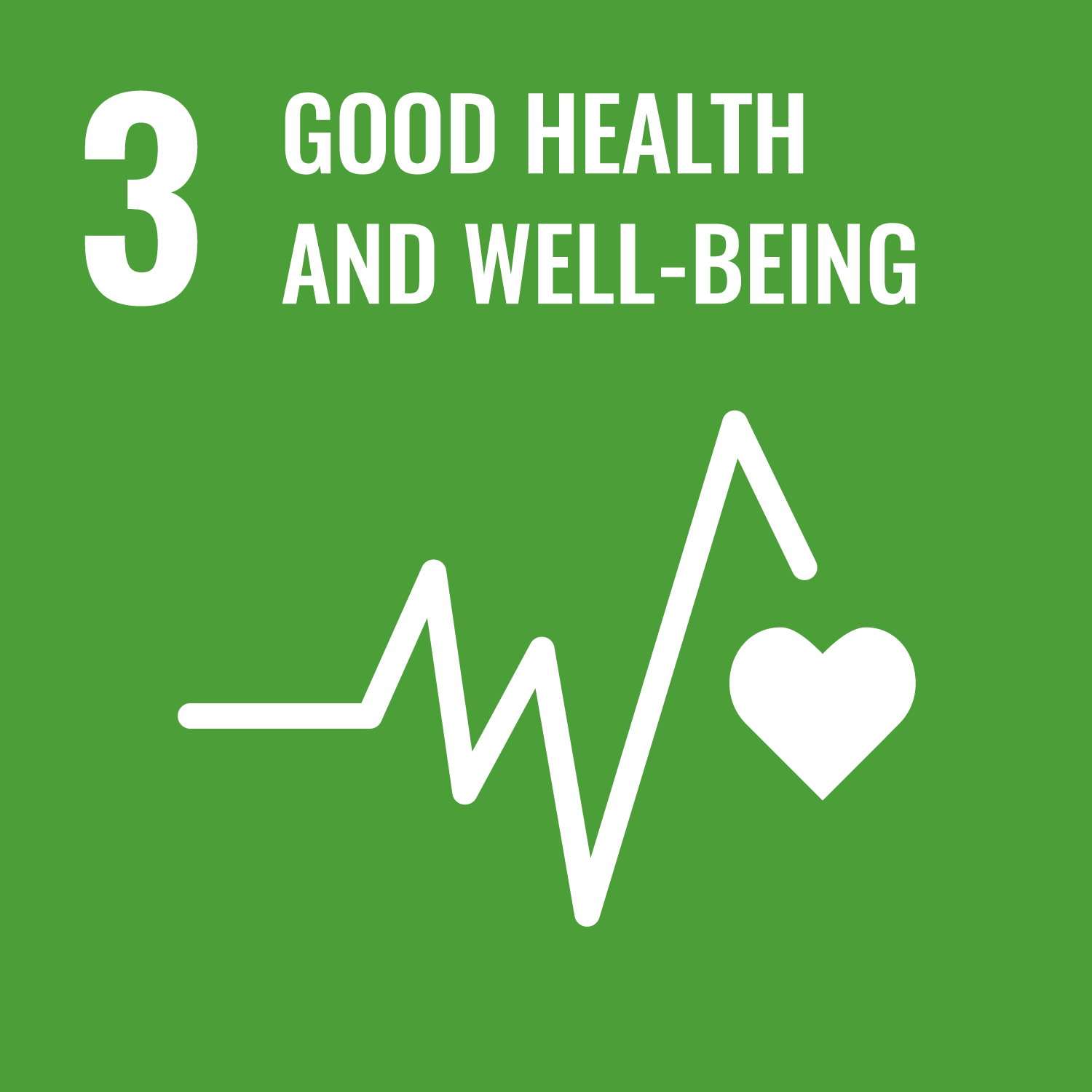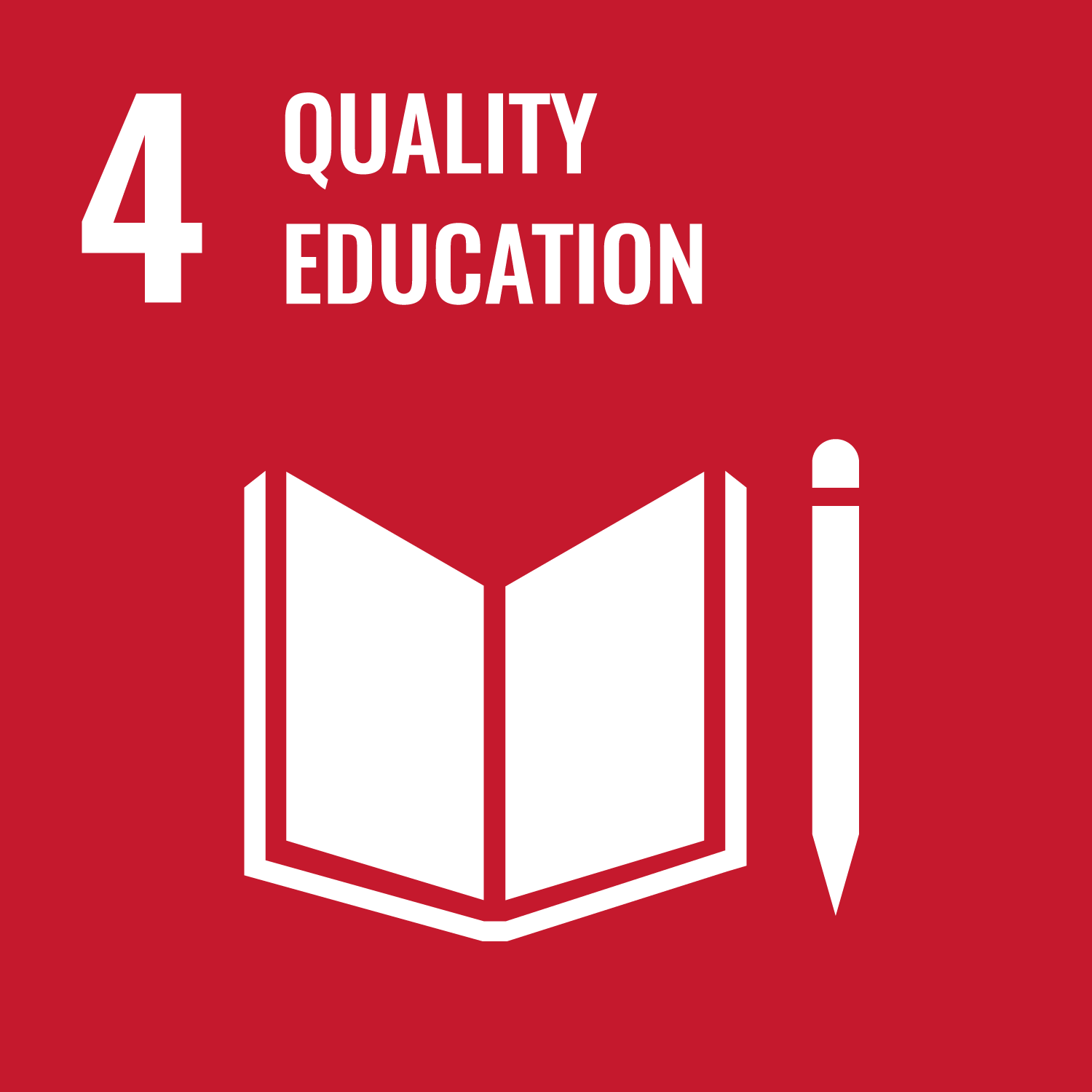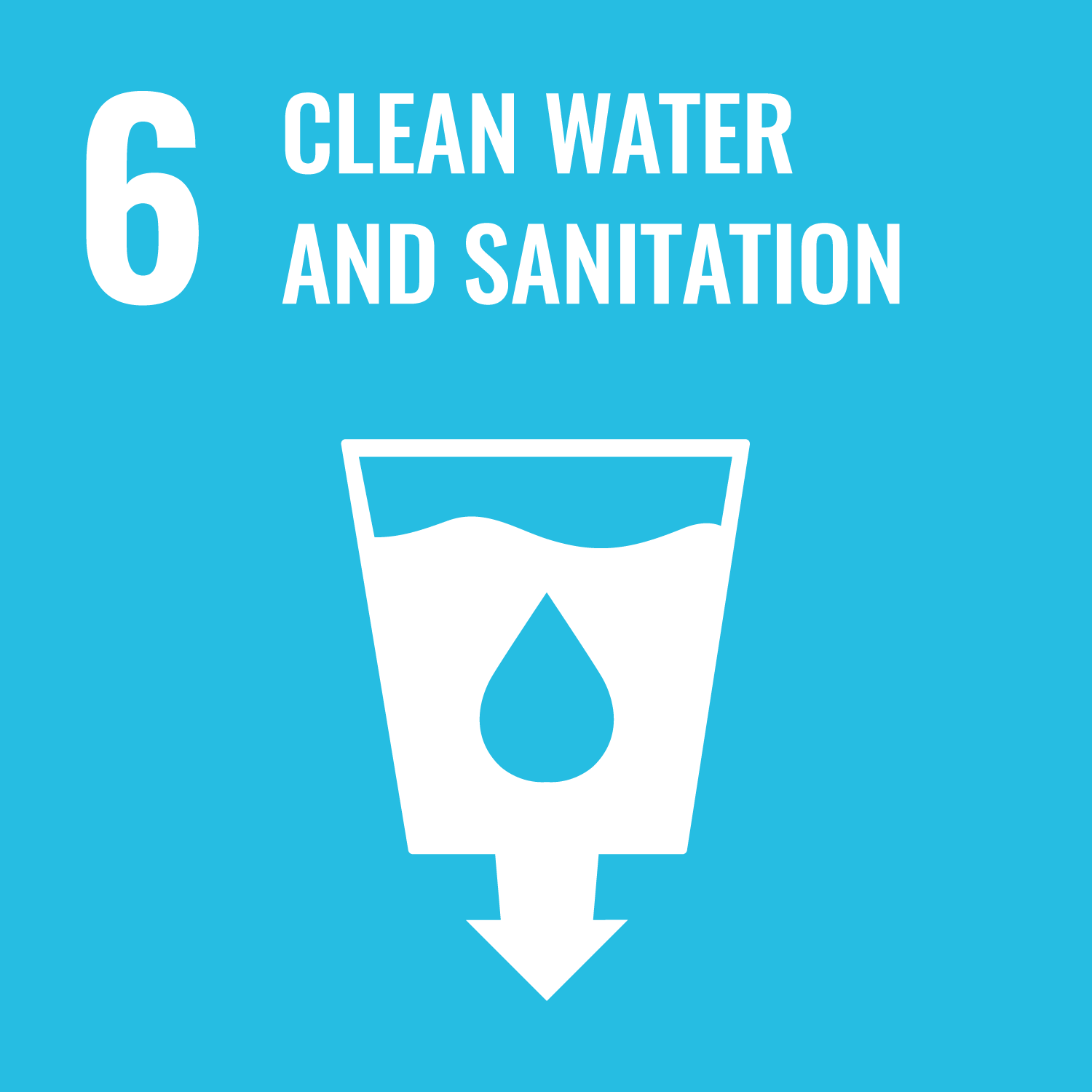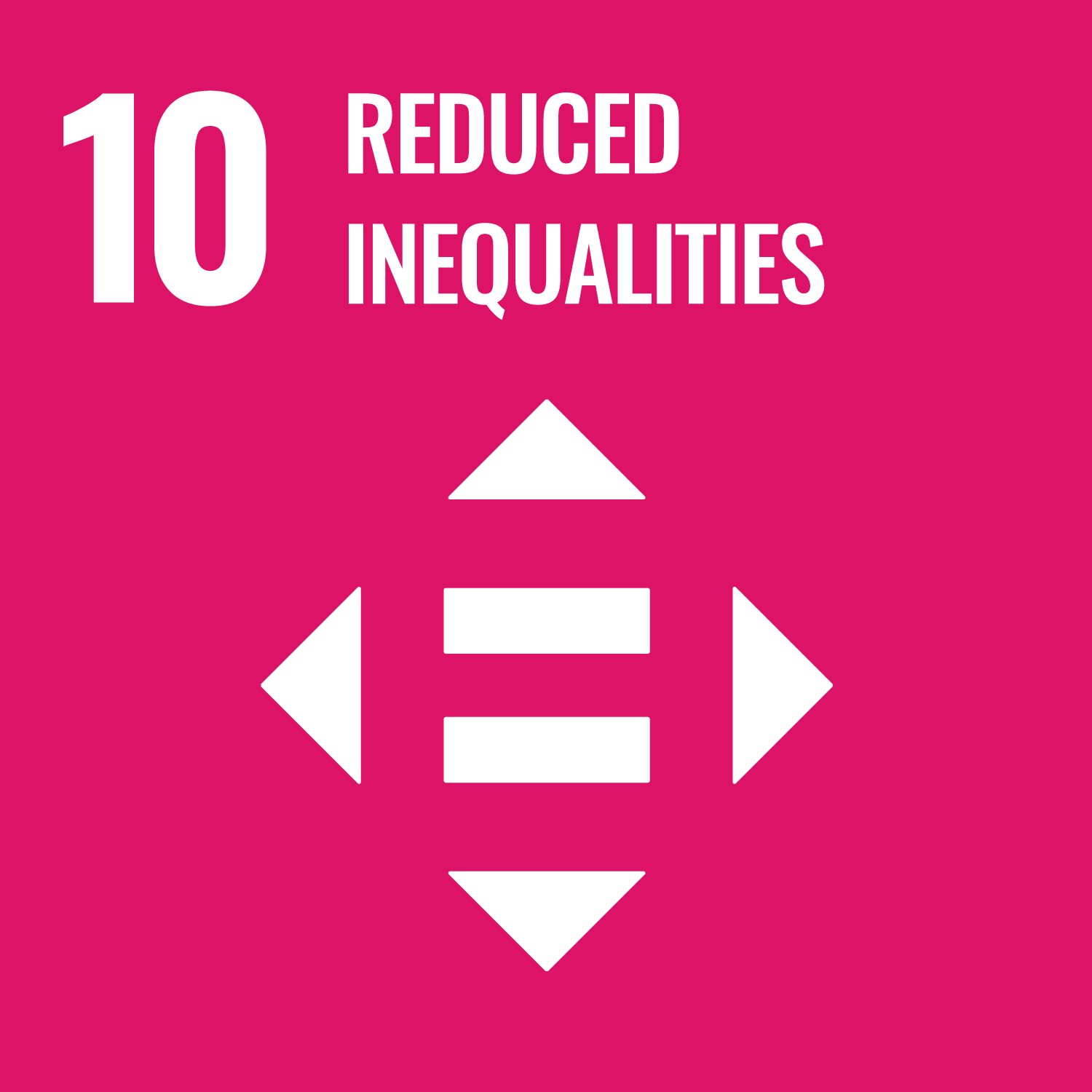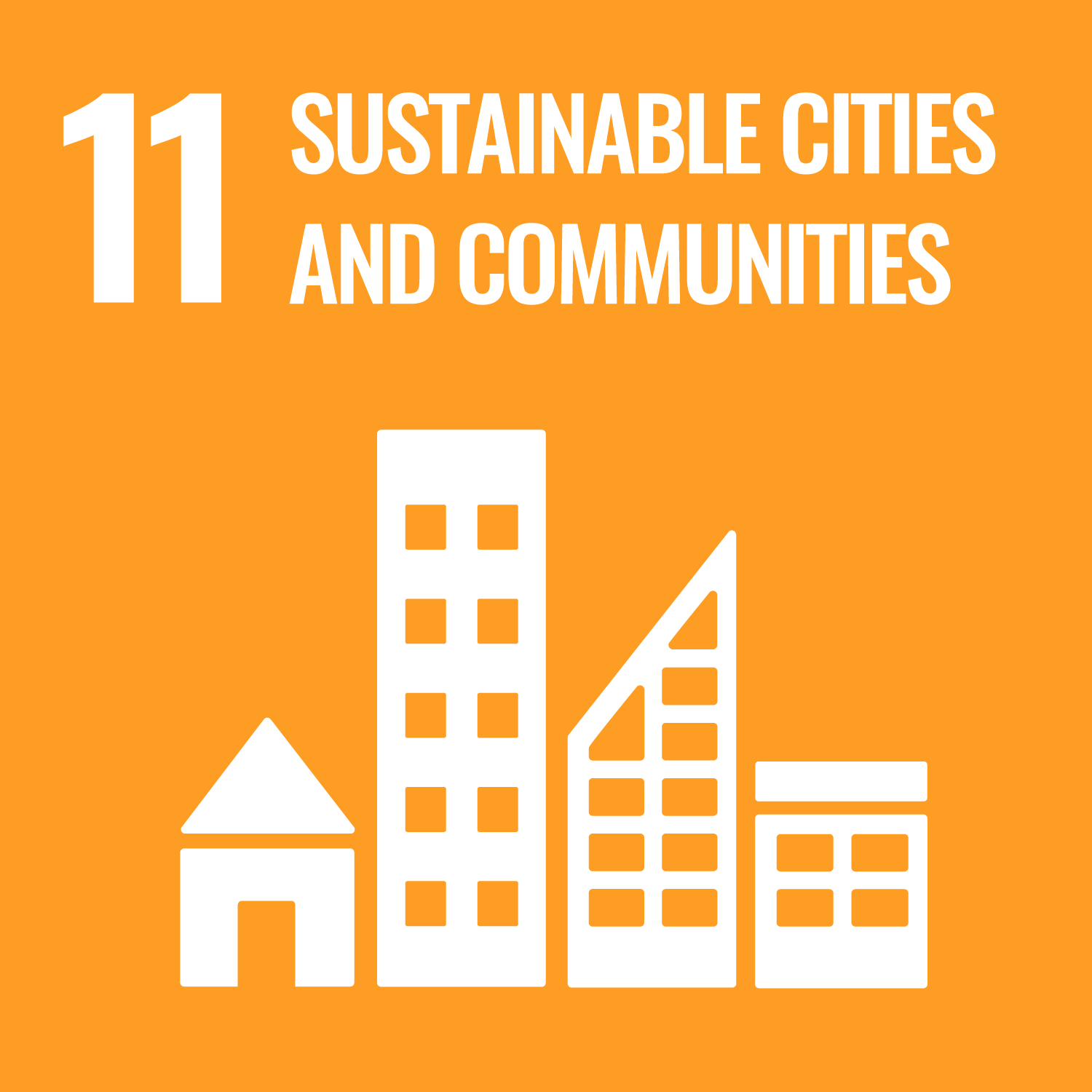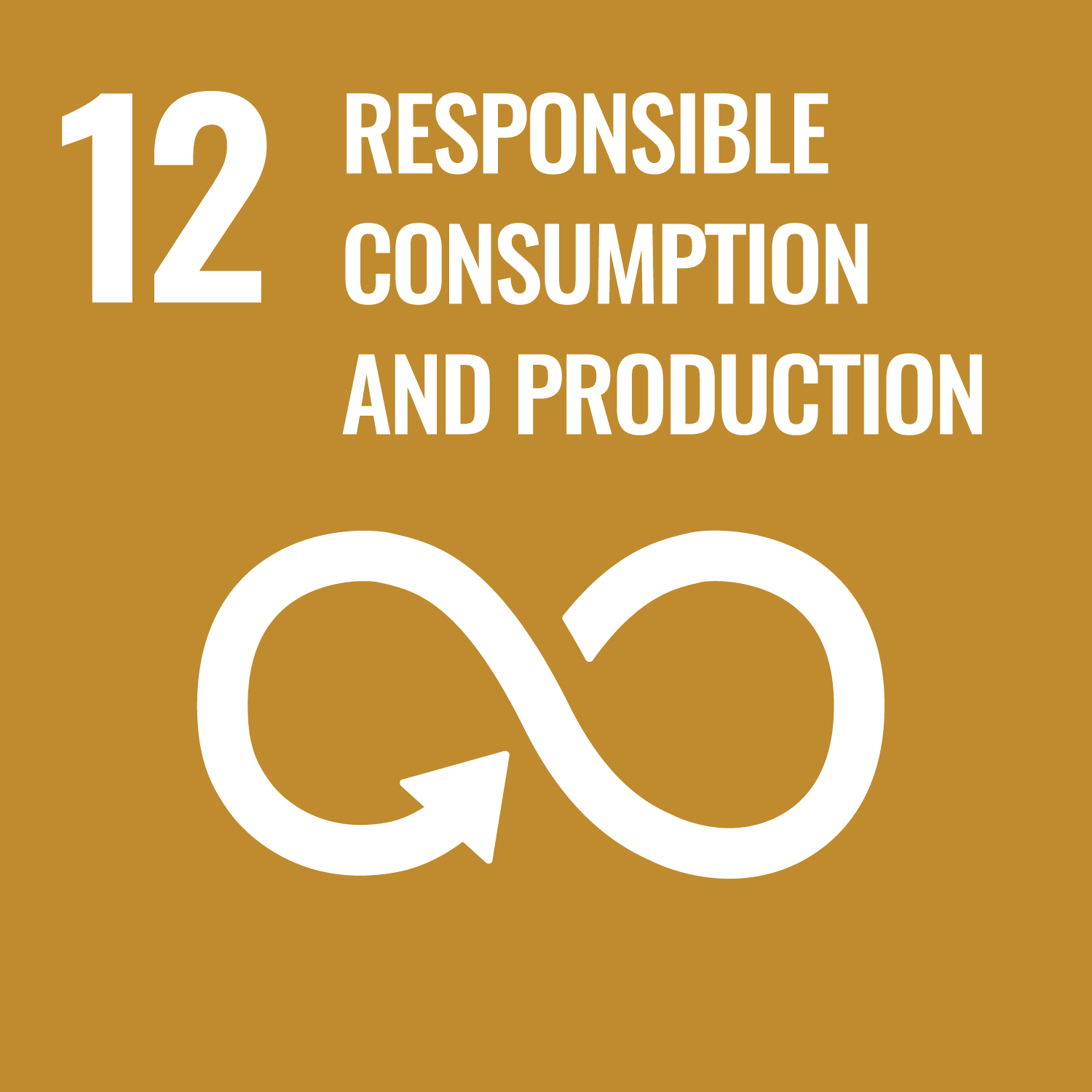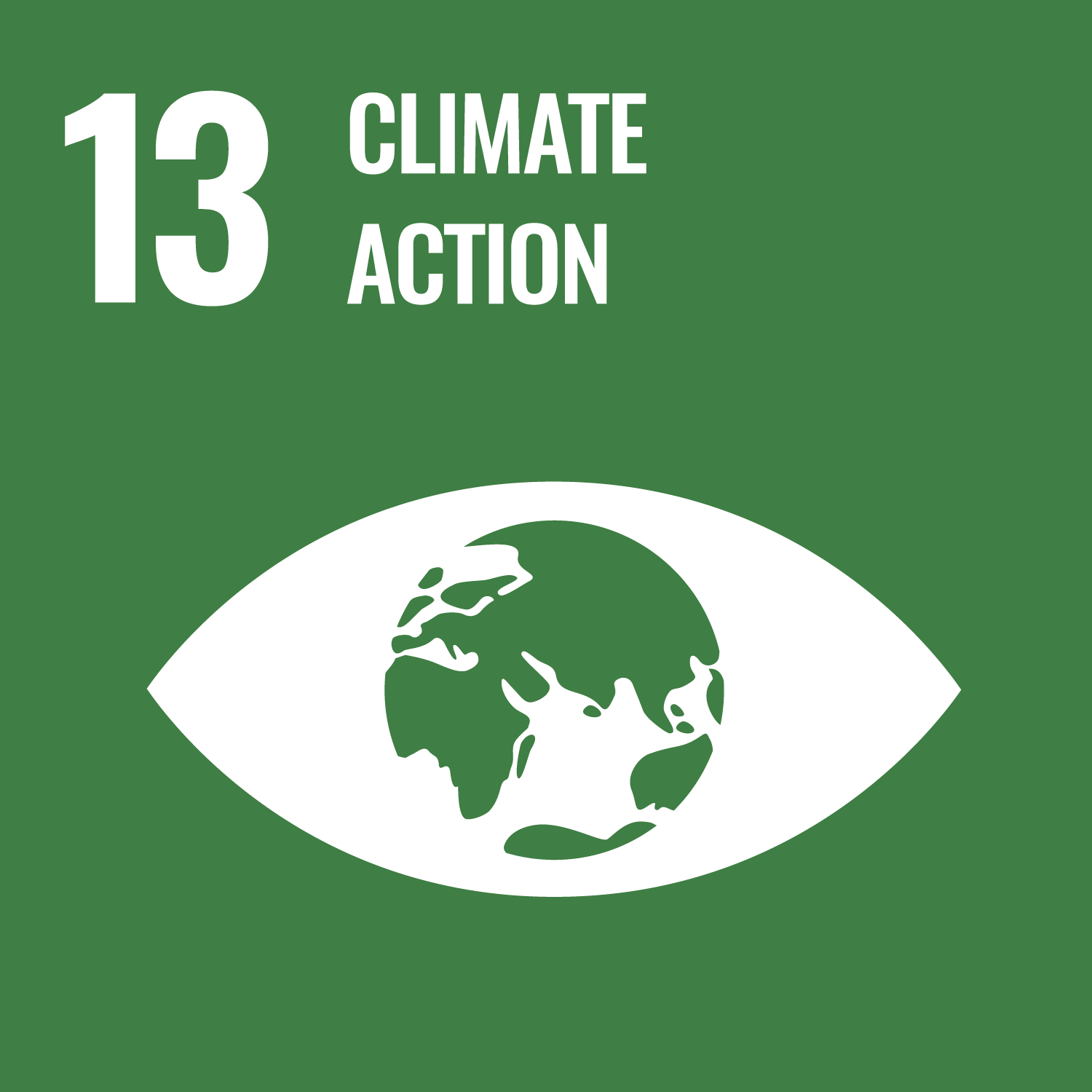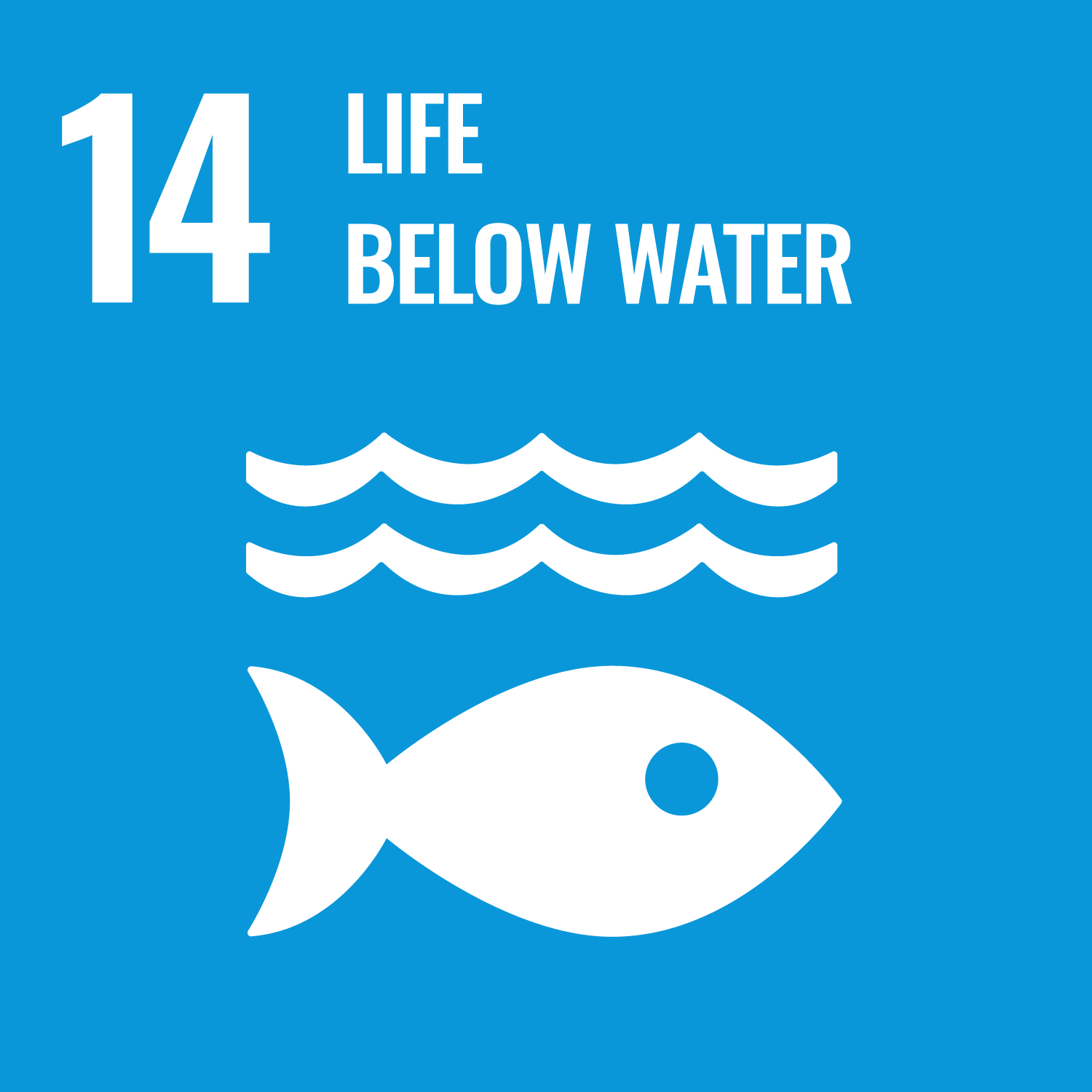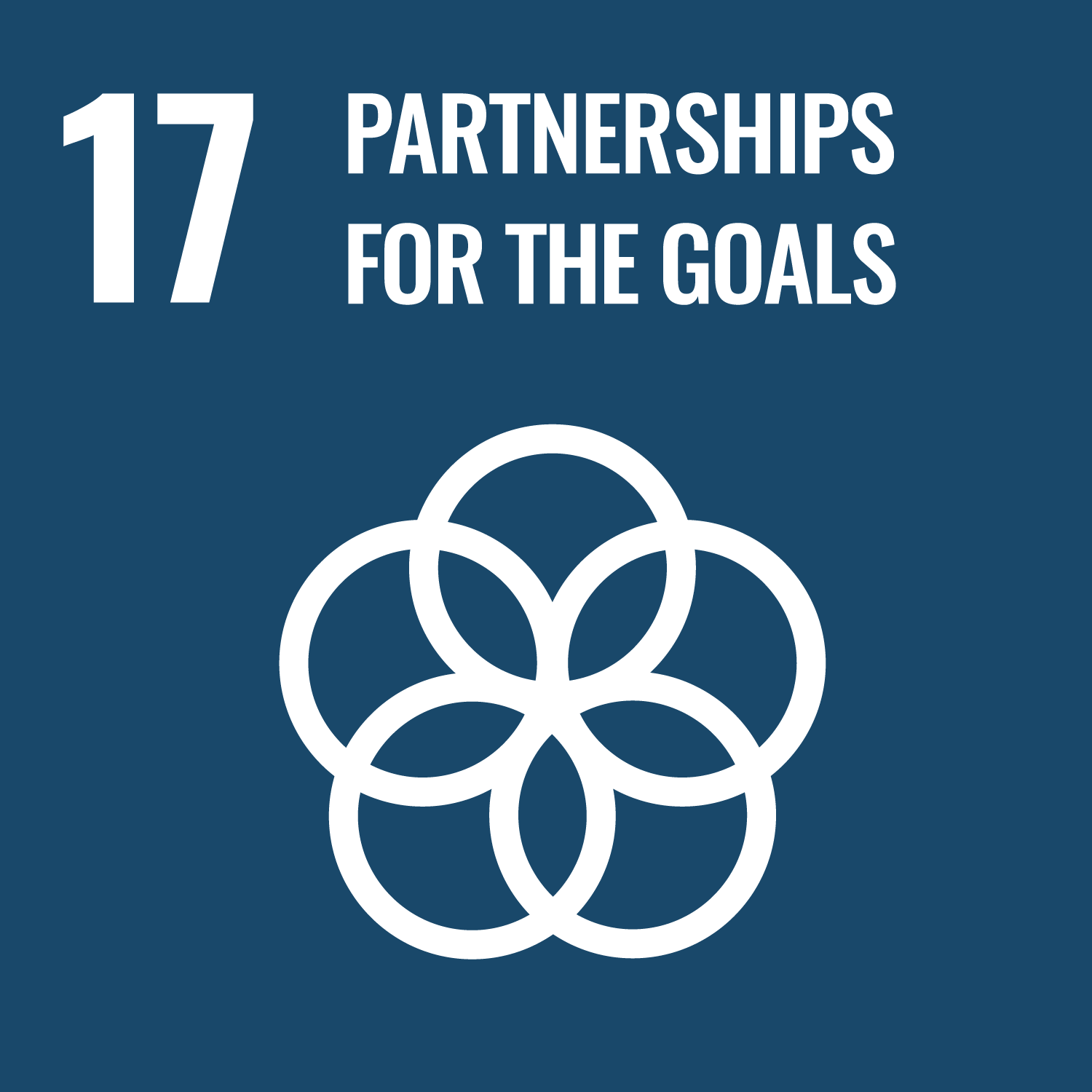Education, research and outreach activities for the monitoring and conservation of the "marine forest" that supports the marine ecosystem.
United Graduate School of Agricultural Sciences
Resource and Environmental Science of Agriculture, Forestry and Fisheries
Fisheries Science on Resources and Environments
Professor
TERADA Ryuta
Background and objectives of activities
The "sea forest (seaweed bed)" is a major producer in coastal areas and a place of high biodiversity where many living creatures live. In recent years, however, sea forests have been disappearing in many areas, becoming a serious problem. Kagoshima University has earned a high reputation both in Japan and abroad for its 70 years of research on seaweeds. The university has conducted monitoring by the Ministry of the Environment, selected endangered species, and conducted research on the conservation of seaweed beds in cooperation with the fishing industry. Through these activities, Kagoshima University aims to educate society on how to protect marine forests and sustainably utilize their bounty.
Summary of Activities
The activities include the Ministry of the Environment's "Monitoring Site 1000 (seaweed bed monitoring)," rarity assessments of endangered species, research on seaweed bed conservation in collaboration with fishermen, and research on sustainable use of seaweed. All of which are consistent with SDGS Goal 14, "Protecting the richness of the sea. In addition, research results are actively disseminated to the local community through the Japan Society for the Promotion of Science "Hirameki-Tokimeki Science" (Inspiring and Admiring for Science) public lectures and other programs.
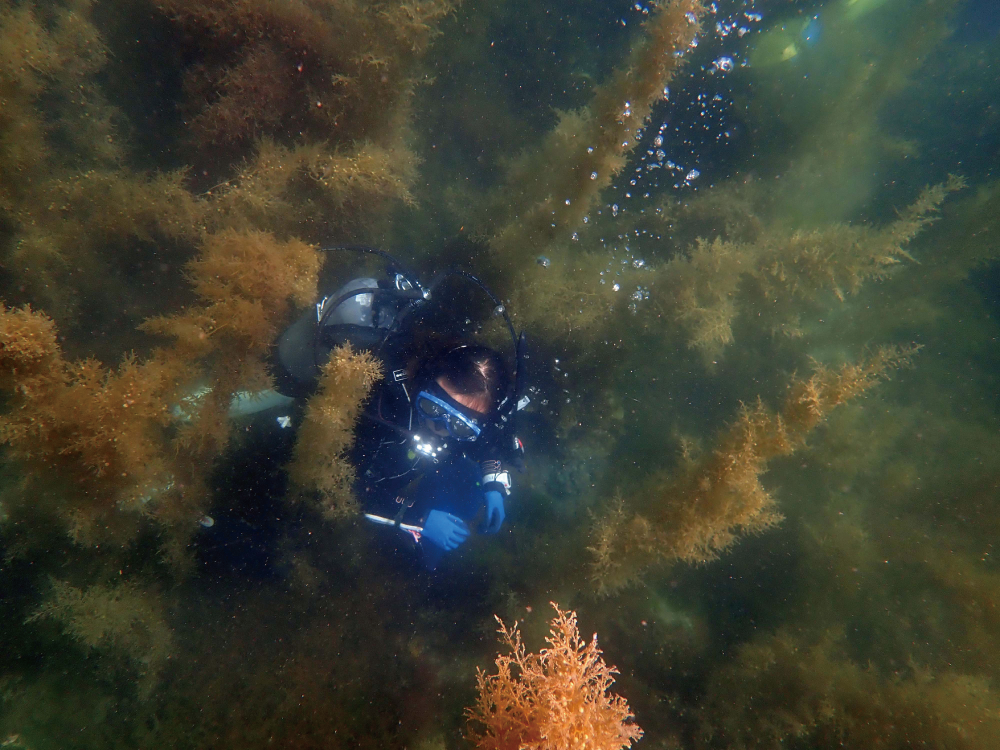
Expected Benefits
The importance of seaweed beds is gaining public recognition, and it is expected that conservation and maintenance will enable fishermen and local communities to sustainably maintain and use the benefits of seaweed beds.


